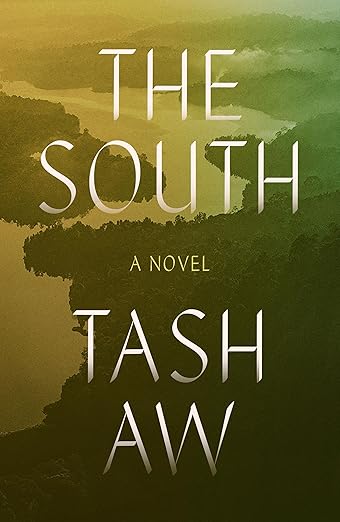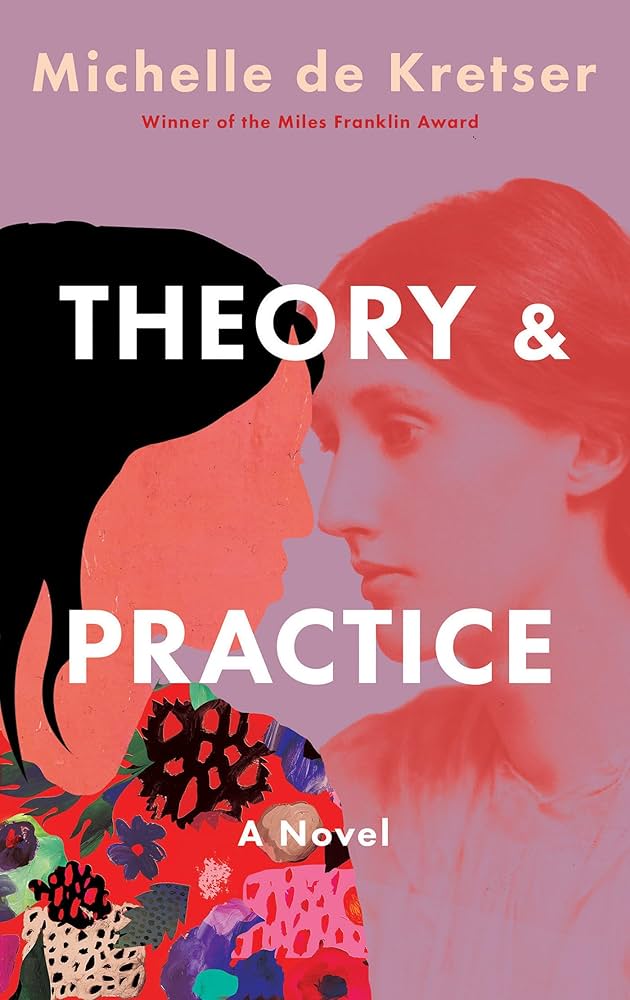Book by ABRAHAM VERGHESE
Reviewed by

Cutting for Stone, Abraham Verghese’s debut novel, is nothing less than an epic in prose. The long narrative, setting, characters, conflicts, and quotations that read as invocations all set out to prove this. It begins with the lines from Gitanjali, the celebrated poetry collection of the Nobel laureate, Rabindranath Tagore:
And because I love this life
I know I shall love death as well.
The child cries out when
From the right breast the mother
Takes it away, in the very next moment
To find in the left one
Its consolation.
Marion and Shiva Stone are separated from their parents right after they are born, conjoined twins in Addis Ababa, Ethiopia, on September 20, 1954. The complications of a secret pregnancy kill their mother, Sister Marie Joseph Praise. Why Dr. Thomas Stone abandons his sons and where he flees to, we find out later, but essentially, he leaves his sons orphaned.Dr. Hemlatha (Hema), and Dr. Abhi Ghosh, migrants from Madras, India, and doctors at the hospital in Addis Ababa decide to raise the newborns. Marion narrates the story that takes place over five decades, the story of the twin brothers, his own life, and that of his birth parents, who had arrived in Addis Ababa in 1947 to treat the epidemic of typhus. Like Hema and Ghosh, they too were migrants from Madras, now Chennai, India, and came to work at Mission Hospital, pronounced “Missing” by Ethiopians. While Marion, Shiva, Ghosh, and Hema are center stage, Sister Marie Joseph Praise’s story runs below the surface, simmering, reminding the reader of Thomas Stone constantly, until he reappears as if by magic in the last few pages of the novel.
A personal odyssey makes Cutting for Stone something of a bildungsroman, as many critics have noted. Marion comes of age as Ethiopia is on the brink of war. This child of expatriates realizes, “This isn’t your fight.” Of a fellow Ethiopian he says: “I think he saw me as an expatriate, someone without a stake in this war. Despite being born in the same compound…despite speaking Amharic like a native…I was a ferengi—a foreigner.”
The different personalities of Marion and Shiva force a distance between the brothers as they grow. While Marion emerges as the shy, studious, and sincere one, Shiva is his opposite. During the boys’ final year at the Loomis Town & Country School run by British expats, an event separates the boys even further.
Genet, the daughter of the boys’ nanny, is their classmate, and Marion’s first love. One day as the three study together for their final exams, Genet can’t stop herself from asking Shiva about his first sexual encounter, which she has learned of from Marion. “‘Tell me about it, Shiva,’ Genet whisper[s] from behind her book Chemistry by Concept.” As Shiva details how he lost his virginity, Marion is “terribly aroused…seeing the sultry look in Genet’s eyes…and knowing she [is] willing.” When Marion can’t control himself any longer, he leaves, pretending he can’t study there. Later that day, as he is headed to the house, Marion sees Rosina, Genet’s mother. She slaps him twice, says, “Five minutes I leave you alone, and this is what happens! So clever, you pretending to go to souk, and she to the bathroom.” She flings her daughter’s panties at his face: “Her blood…and your seed.” Even though he knows it was Shiva who had been with Genet, Marion just stares dumbly. Marion’s “love had been turned into a mockery. [He] had no reason, no desire, to do anything anymore.” The incident drives the brothers apart.
Sharing an interest in medicine, Marion becomes a surgeon like his father Thomas Stone, and Shiva becomes an expert in fistula operations, merely by observing Hema and devouring books on his own. Cutting for Stone confronts the harrowing procedure of female genital cutting, which is practiced in several countries in Africa, including Ethiopia. Young girls are forced into FGC; unskilled practitioners are known to use stones or rusty instruments, giving rise to fistulas and barrenness, besides emotional and psychological stress. A considerable section of the novel is dedicated to the problems that arise from the practice of FCG after Genet goes through it herself. It begins a chapter in her life that destroys her world. Her mother Rosina commits suicide, it appears, because of guilt. It is also the cause of pandemonium in the lives of the main cast of the novel. Years later when Genet and Marion reunite in Queens, New York, she can only talk about it in broken and unfinished sentences: “I am bleeding because the scars…I always bleed with…intercourse. Rosina’s gift to me. So that I will always think of her when—”
The prose in Cutting for Stone is simple, effective, and at times poetic. Several times over the course of reading the novel, I wondered how much of it was autobiographical. Line after line of simple sentences paint an objective picture that suffuses the characters with lifelikeness and honesty. One of the many instances of the surgeon-turned-writer’s poetic capabilities is seen in Marion’s first descriptions of New York. The “freeways looping over one another” are “like tangled tapeworms.” The speedometer of the taxi is “wider than the steering wheel, as if Dali had grabbed the round gauge and pulled its ears.” In one of their first actual meetings, Marion describes every action of his father: “He slumped down in the chair. He had crossed his legs, and hooked his free foot under the calf of the other, like a twisted vine.”
Cutting for Stone has the power to evoke cathartic reactions, much like Greek tragedies. The interest in the novel does not hinge upon the suspense created by Dr. Thomas Stone’s disappearance at the beginning; the point of the novel is in telling a loaded, fascinating, and riveting story. Medicine is both a reason for life and death inCutting for Stone. It is also a through-line in the novel. The surgical and complicated medical terminology does not interfere with the pace of the novel, is neither esoteric, nor does it sound explanatory. The characters are skilled masters of the art like Thomas Stone, Marion, Hema, and Gosh, apprentices like Shiva, or patients like Genet. At one point, Marion says this of the taxi driver in New York: “Perhaps when one has driven a taxi for a long time, the passenger becomes an object defined by destination and nothing else, just as (if one isn’t careful) patients can become the ‘diabetic foot in bed two’ or the ‘myocardial infarction in bed three.’” Medicine is this invisible force that acts as a magnet, attracting and detracting them, and whether they are friends or foes, it sustains them.



